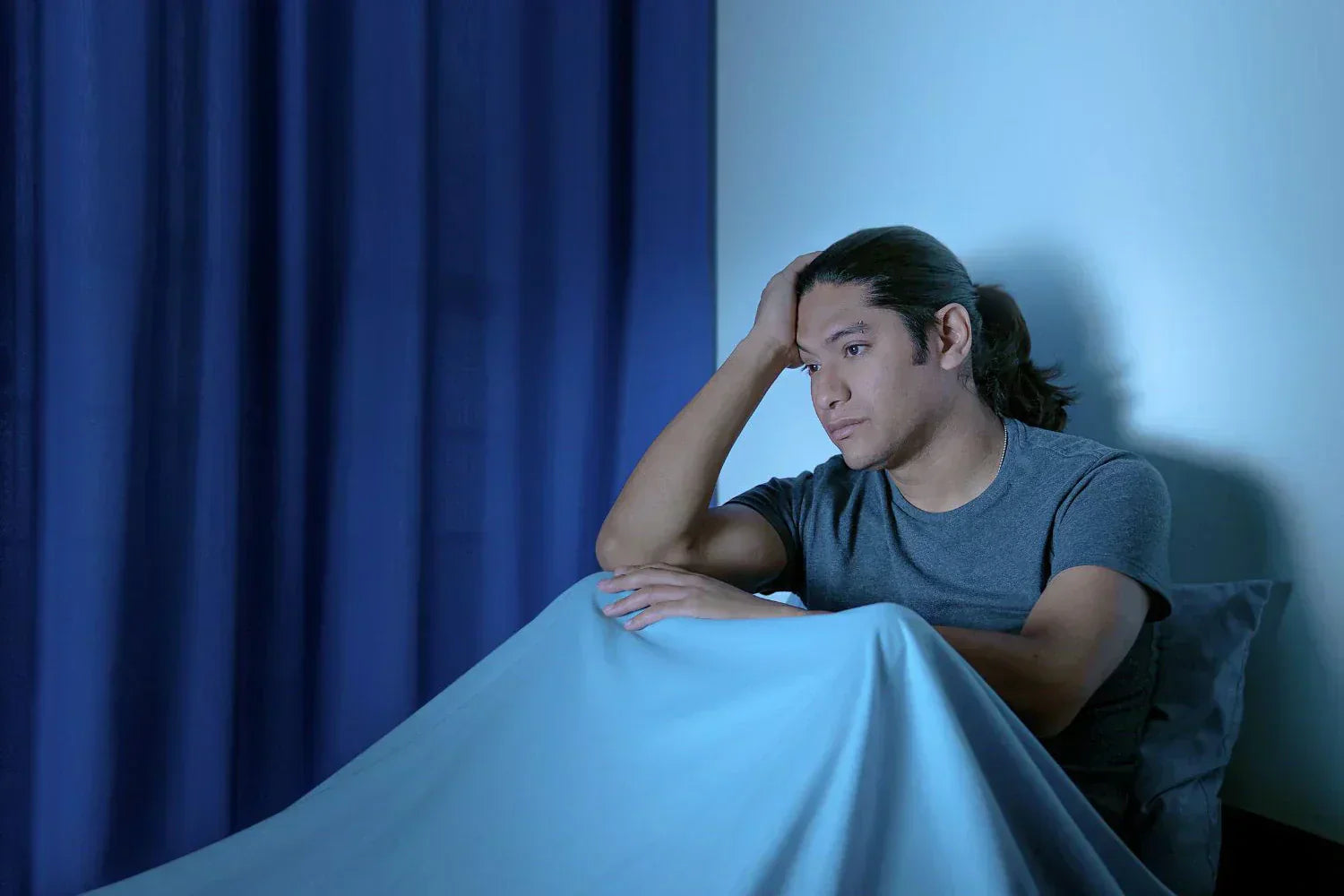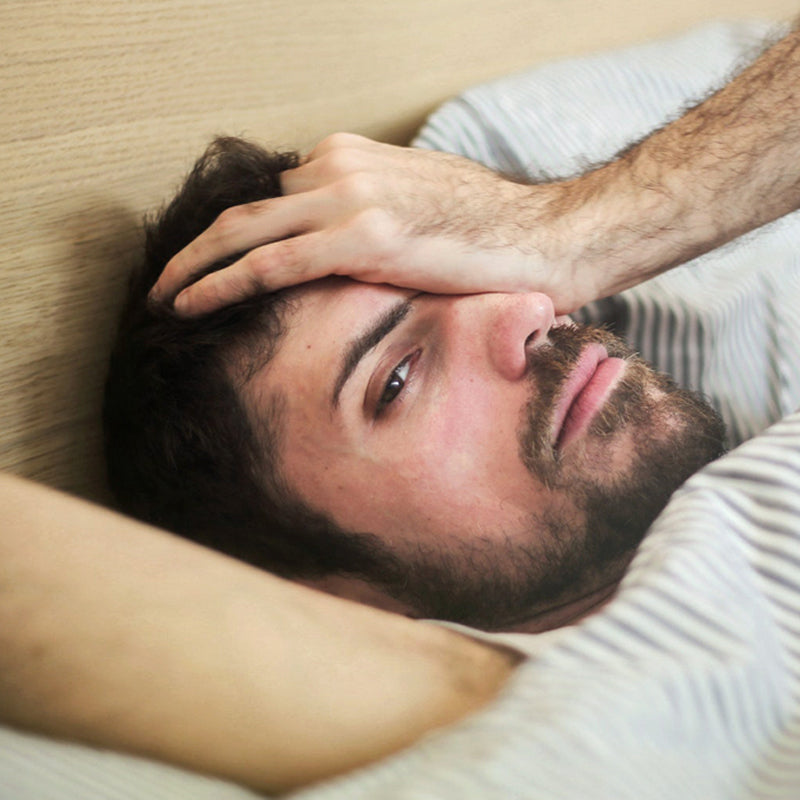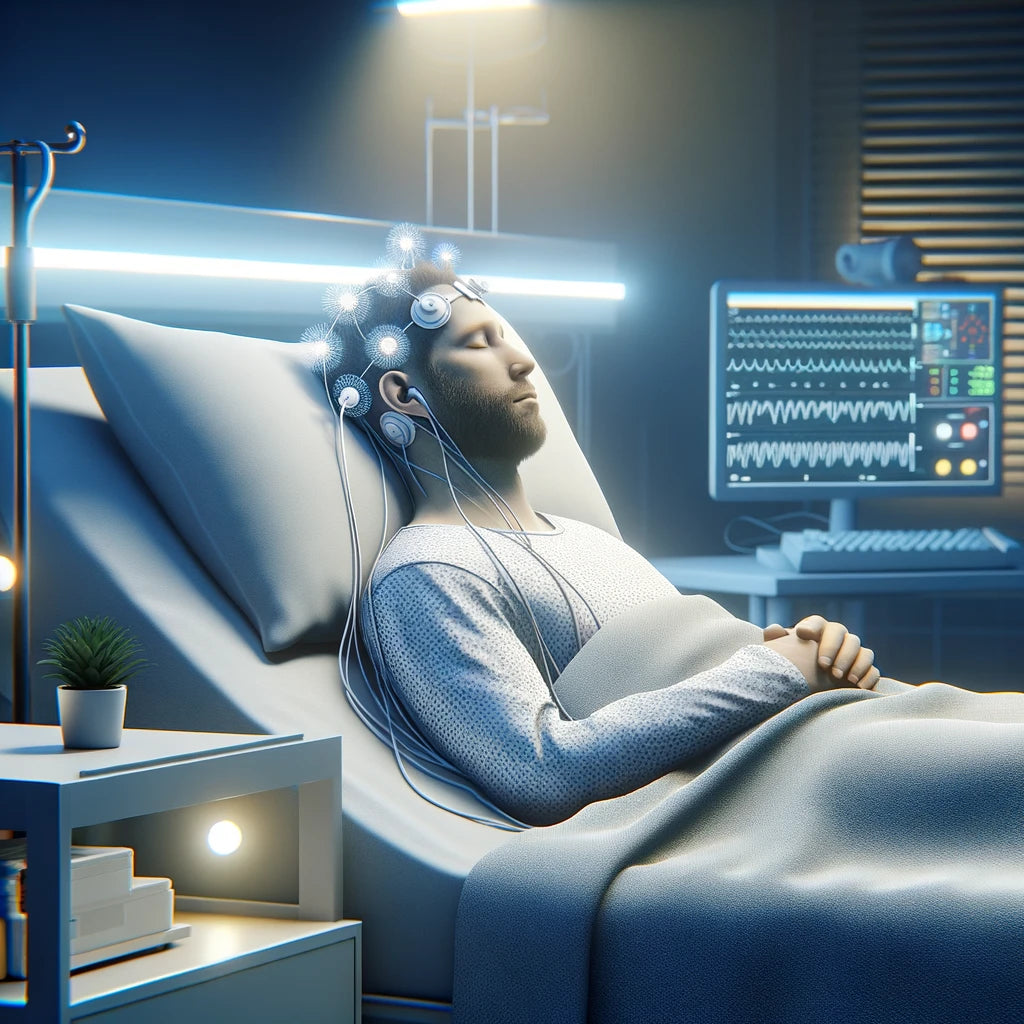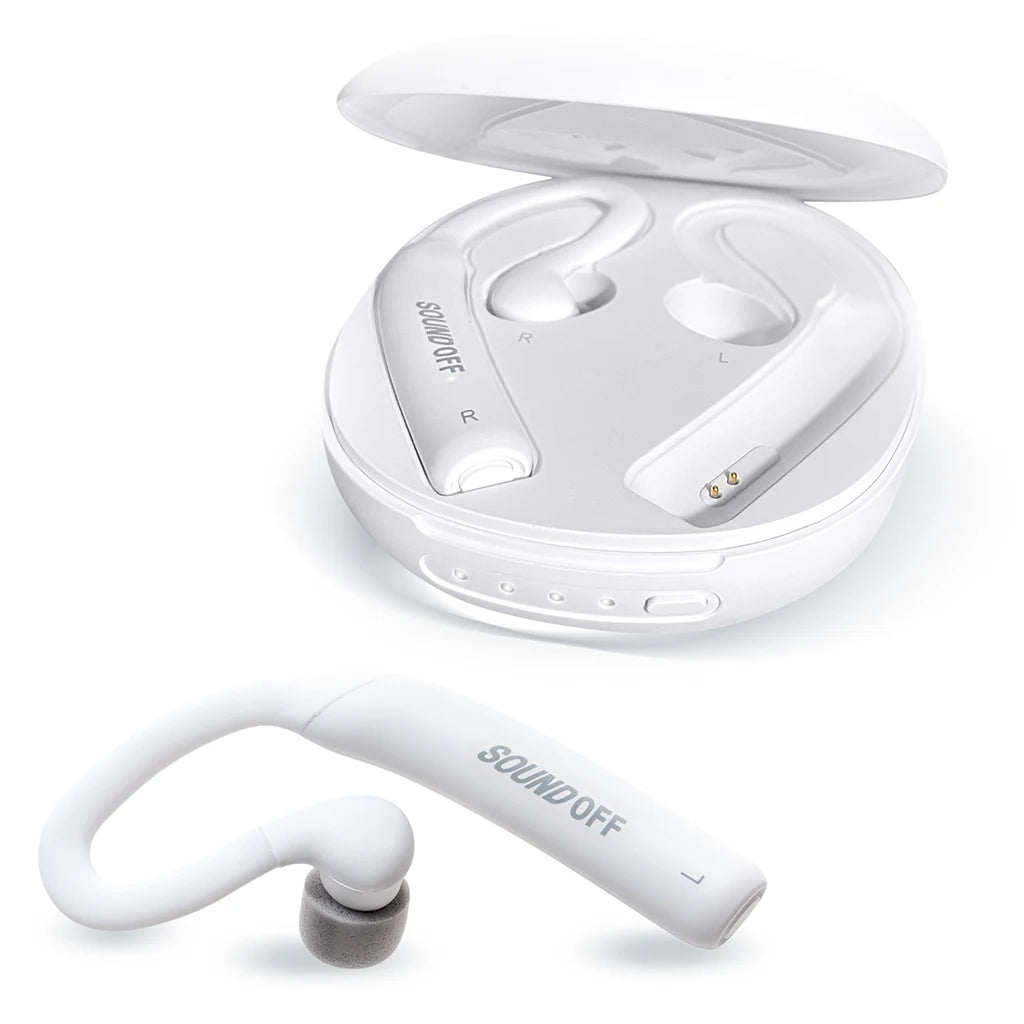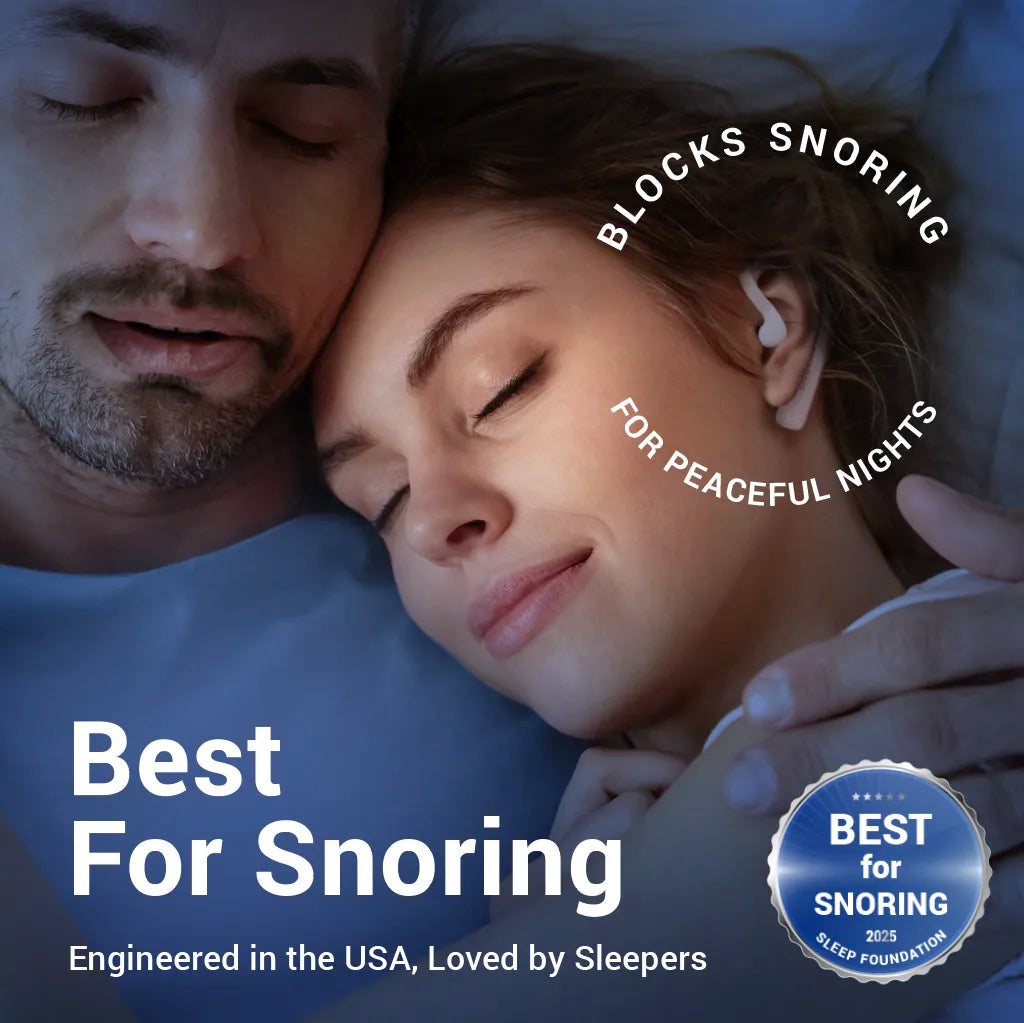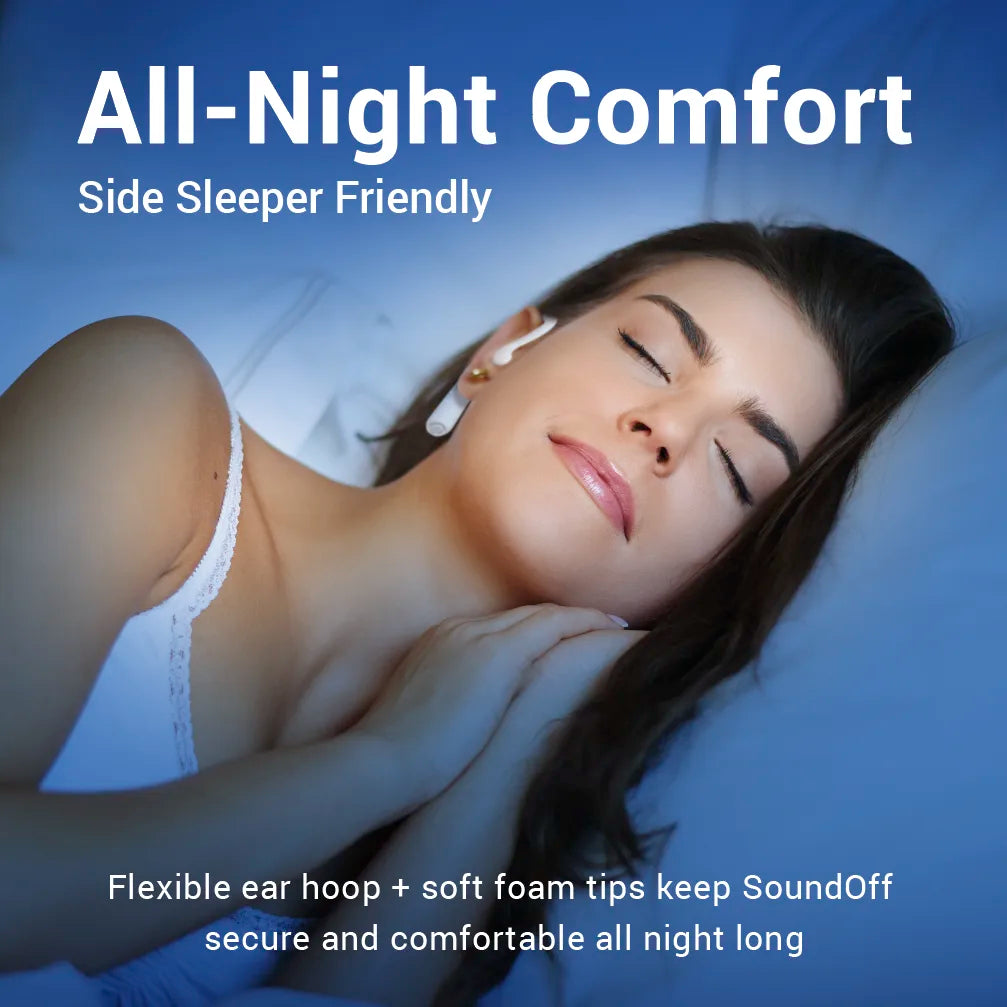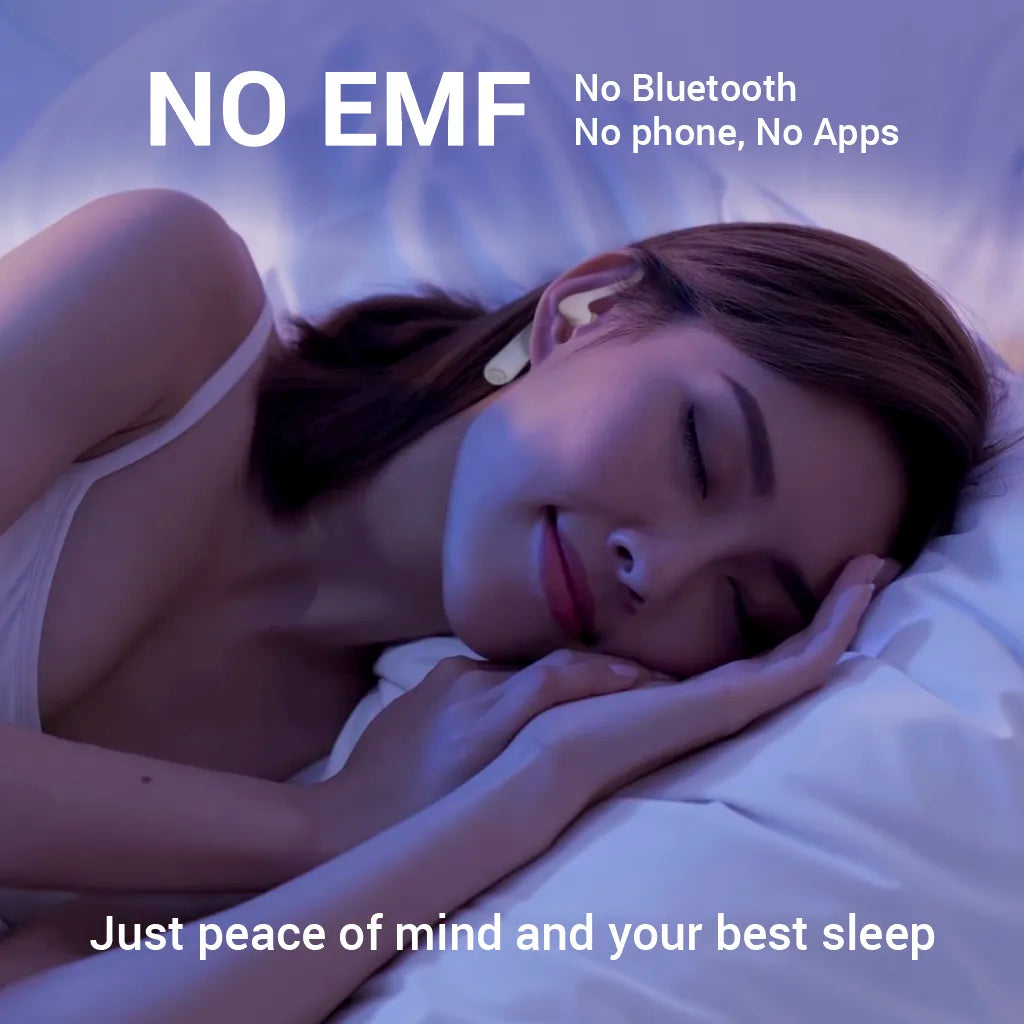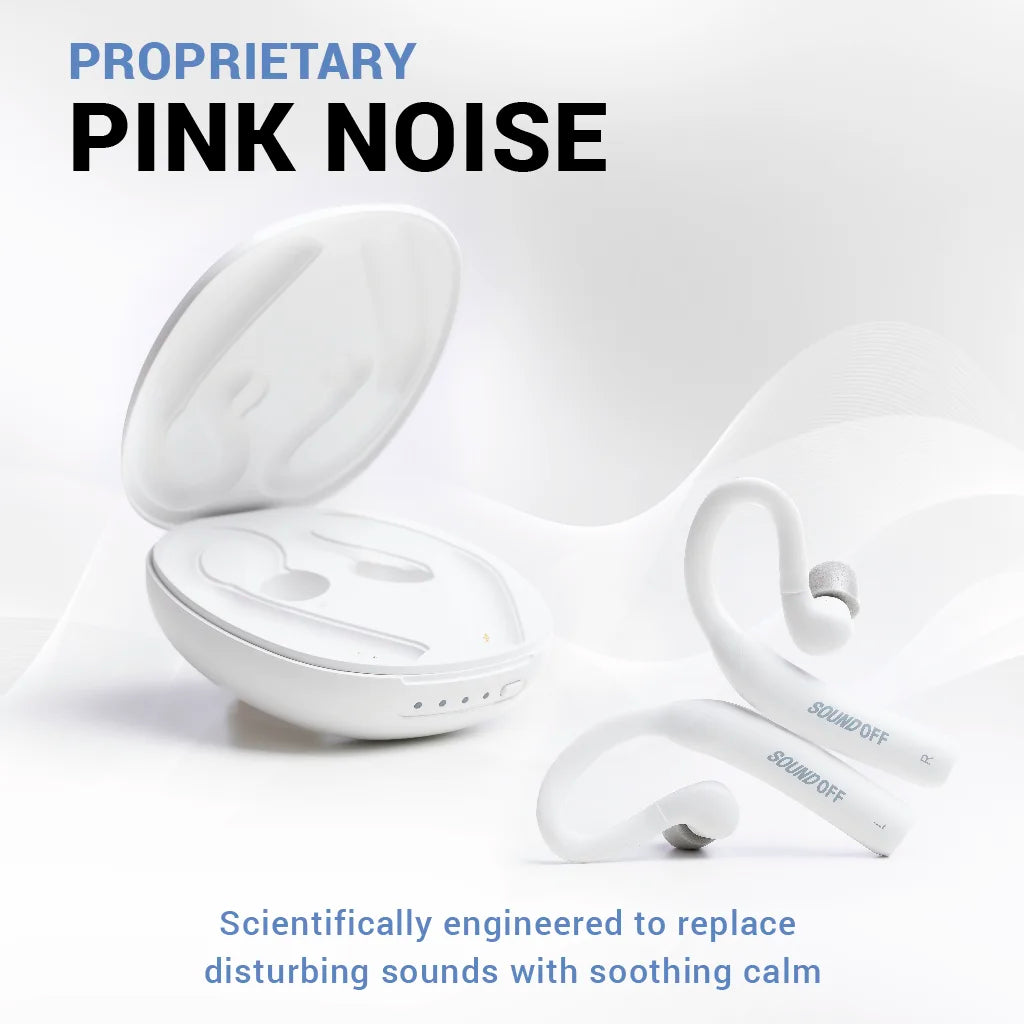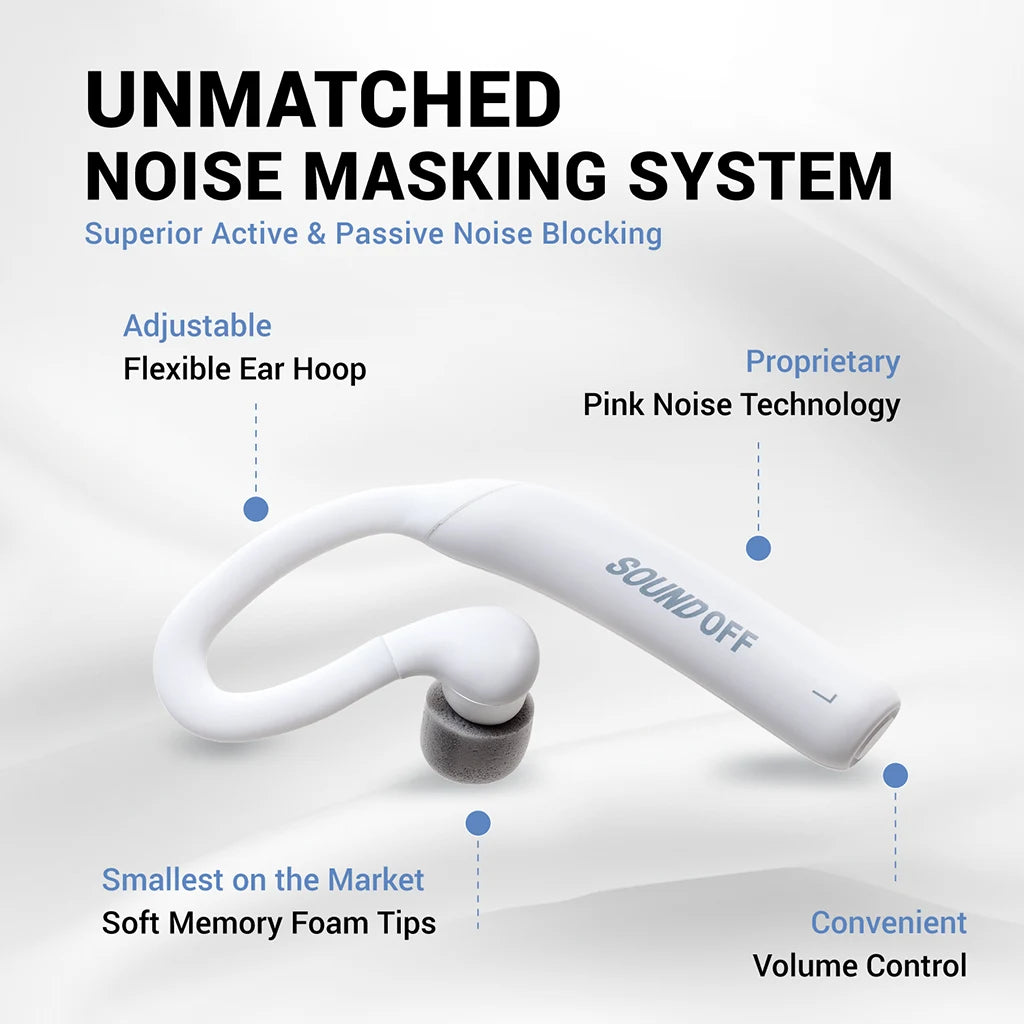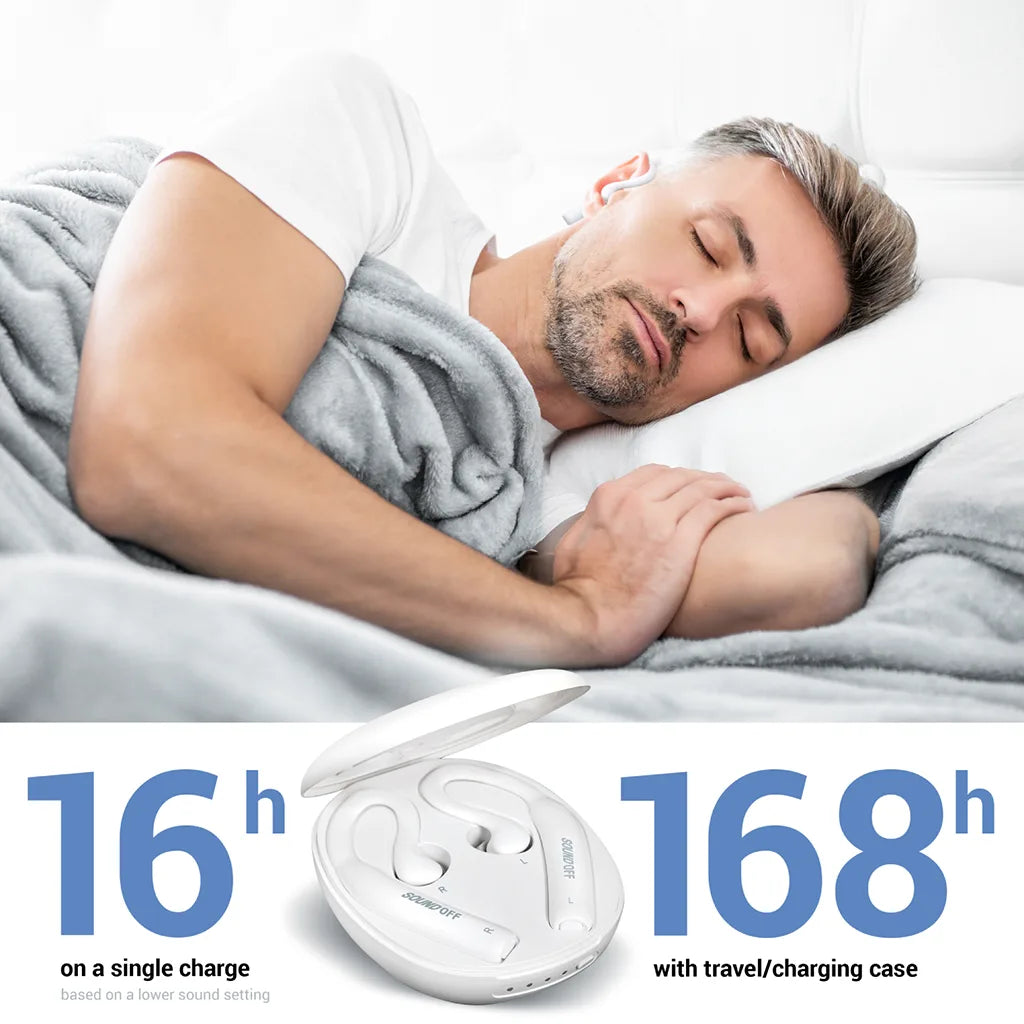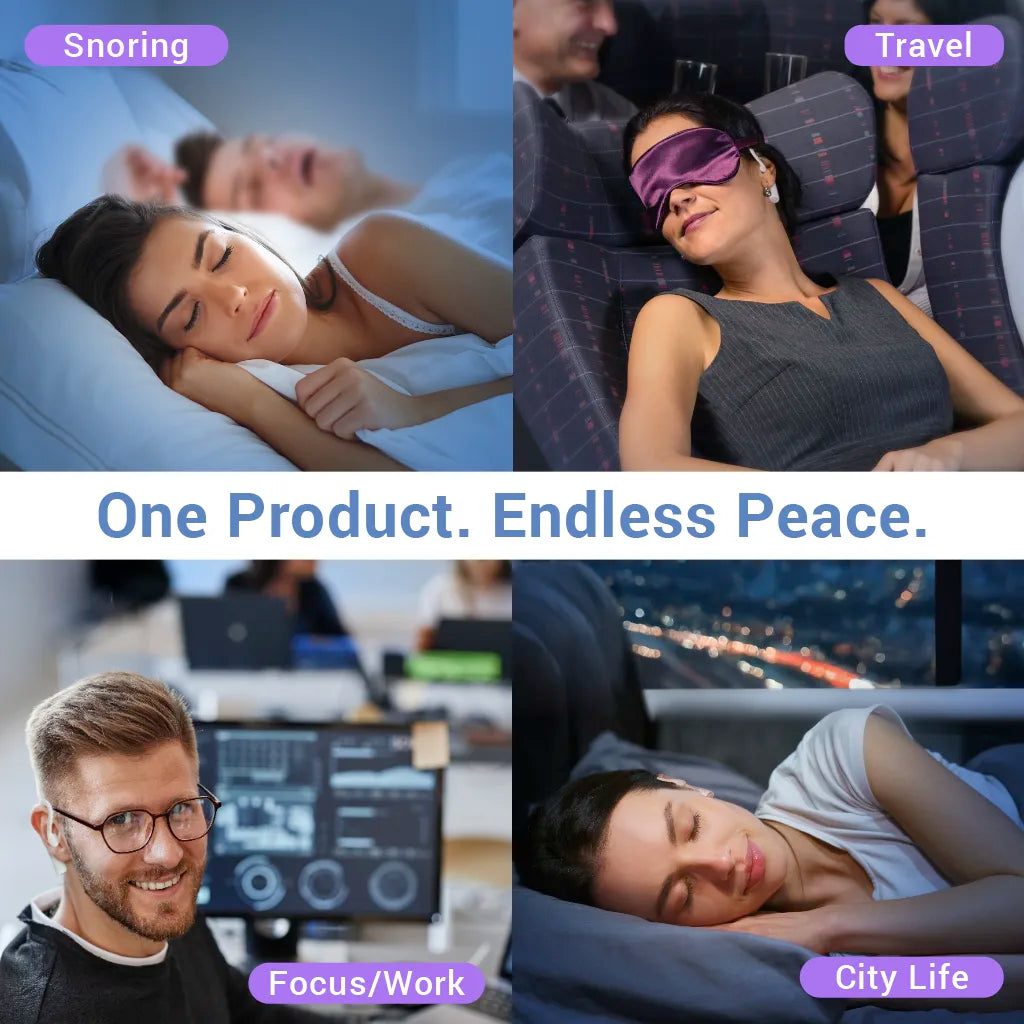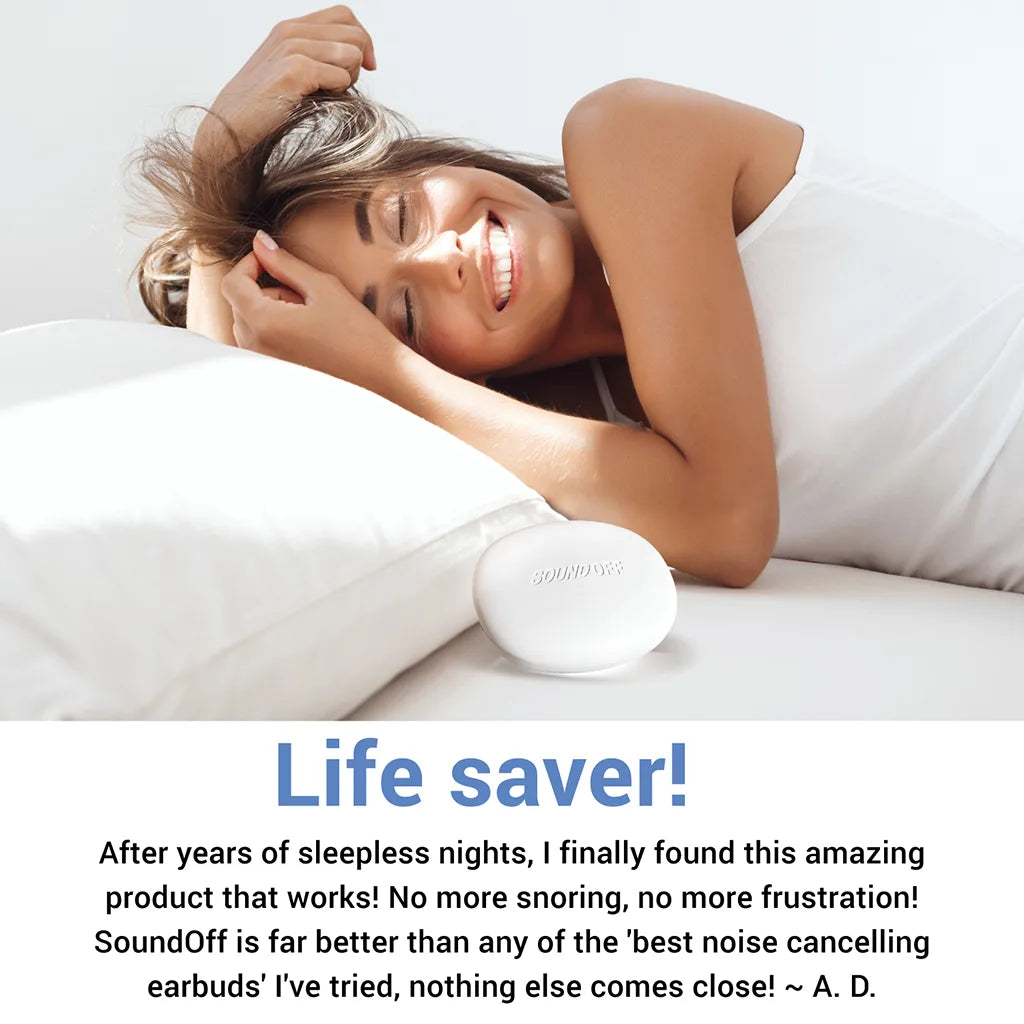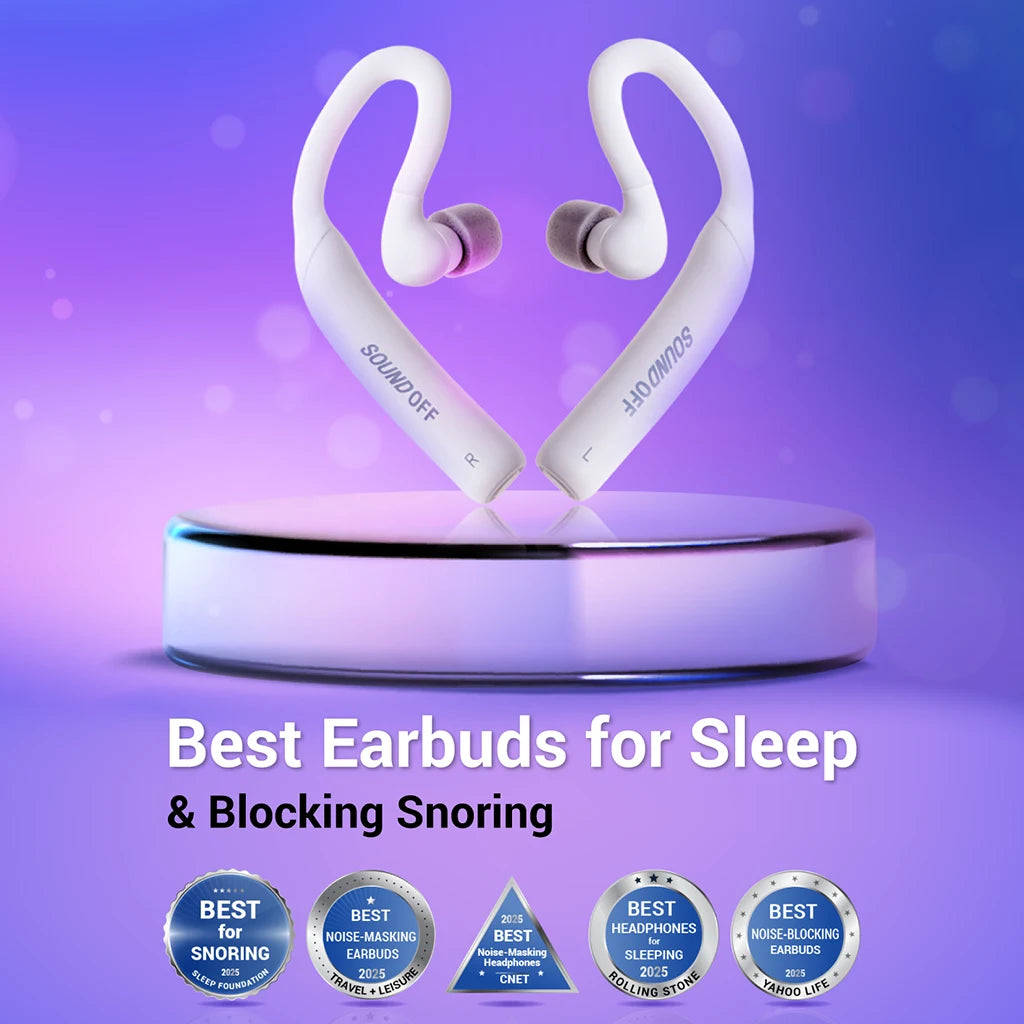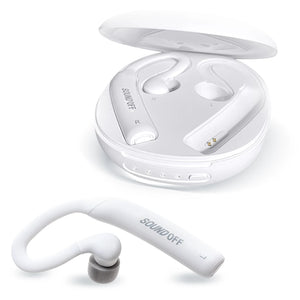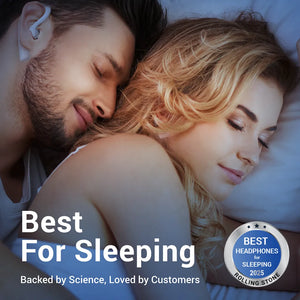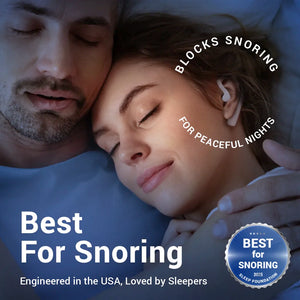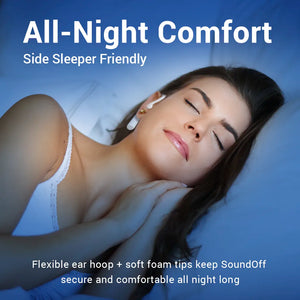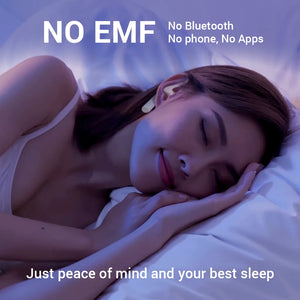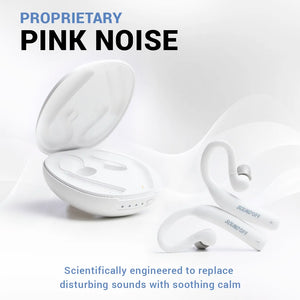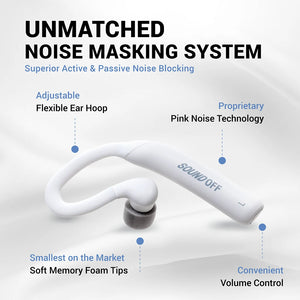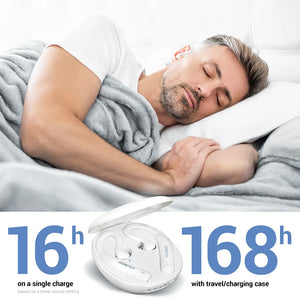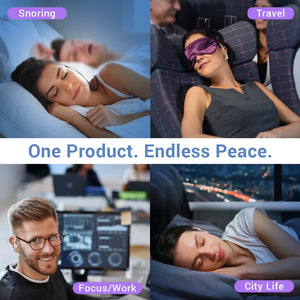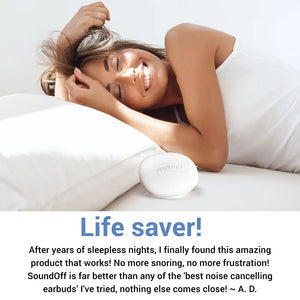
Table of Contents
- Understanding Hypnic Jerks
- Exploring the Causes of Hypnic Jerks
- Hypnic Jerks Across Ages: From Children to Adults
- The Impact of Hypnic Jerks on Sleep
- Strategies to Minimize Hypnic Jerks
- FAQs
You may have wondered, 'Why do I twitch while falling asleep?' Don’t worry. You are not alone. Hypnic jerks, also known as hypnagogic jerks or sleep starts, often cause a person to twitch while asleep. These involuntary muscle contractions occur as one drifts off to sleep. They resemble muscle twitches and vary in intensity. While some people might barely notice them, others may experience a strong jerk. This sudden movement can awaken someone just as they're about to fall asleep.
Classified under sleep myoclonus, hypnic jerks are involuntary movements that occur during sleep or the transition to sleep. Despite their common occurrence, the precise cause remains a mystery. However, certain factors might increase the likelihood of experiencing them.
It's important to note that hypnic jerks are not harmful. There's no need to seek medical advice or treatment unless they lead to distress. Symptoms to watch for include incontinence, injury, pain, or confusion. If you experience these, consulting a healthcare provider is advisable.
This article delves into the phenomenon of hypnic jerks. We'll discuss their prevalence and share tips on minimizing their occurrence. Understanding hypnic jerks can help alleviate concerns for those who experience them as part of their sleep routine.
Understanding Hypnic Jerks
A hypnic jerk is an involuntary muscle twitch that often occurs as individuals transition from wakefulness to sleep. These twitches are most common during the initial stages of sleep, particularly stages 1 and 2. They tend not to occur during stage 3, which is known for rapid eye movement (REM) sleep.
Involuntary muscle movements
Hypnic jerks fall under the umbrella of involuntary muscle movements called myoclonus, a category that also includes hiccups. The severity of these jerks can vary widely. Some individuals may not even be aware of their occurrence unless a partner or caregiver points them out. In contrast, others may experience spasms strong enough to wake them from their slumber.
Accompanying Sensations
In addition to the physical twitch, individuals might experience various sensations alongside a hypnic jerk, such as:
- A feeling of falling or tripping
- A sensory flash, akin to an electric shock
- A hallucination or vivid dream, often related to falling
These symptoms, while potentially unsettling, do not signify any underlying health issues. However, if intense, they could interfere with the ability to fall asleep, leading to insomnia.
It's essential to recognize that hypnic jerks are a common and normal part of the sleep cycle for many people. Understanding that they are not indicative of a health problem can help individuals approach sleep with less anxiety, ensuring a smoother transition from wakefulness to sleep.
More Common than You Think
A 2016 study revealed that hypnic jerks are a common phenomenon, occurring randomly across individuals of all ages. Surprisingly, 60–70% of people experience these involuntary twitches, primarily just as they're drifting off to sleep. Despite their frequency, it's not a nightly occurrence for most. These findings highlight the widespread nature of hypnic jerks, illustrating that they are a normal part of the sleep process for a significant portion of the population.
Exploring the Causes of Hypnic Jerks
Hypnic jerks, those involuntary twitches occurring as people fall asleep, often happen without a discernible cause. These phenomena are a part of the sleep process for many, yet their exact triggers remain somewhat elusive. Despite this, researchers and sleep experts propose several factors that might contribute to their occurrence, shedding light on possible explanations for these sleep starts.
Fatigue and Sleep Deprivation
A leading theory is that extreme tiredness or lack of sleep can prompt hypnic jerks. They are notably more common in individuals who are overtired or trying to sleep in uncomfortable positions. This suggests that the body's need for rest, when pushed to its limits, might manifest through these sudden twitches.
Stimulants' Impact
The consumption of stimulants such as caffeine, nicotine, or certain medications can interfere with the ability to fall or stay asleep. These substances might not only disrupt sleep patterns but could also increase the likelihood of experiencing hypnic jerks, indicating a link between sleep quality and the consumption of stimulants.
Stress and Anxiety
High stress and anxiety levels are also associated with an increased frequency of hypnic jerks. An anxious or stressed mind struggles to relax, making it more susceptible to being startled awake by these involuntary movements. Research, including studies utilizing EEGs, has observed specific brain activities, known as vertex sharp waves, during hypnic jerks, suggesting a neurological component to these sleep phenomena.
Understanding the potential causes of hypnic jerks can help individuals address their sleep habits and environmental factors, potentially reducing their frequency and ensuring a more restful night's sleep.

Hypnic Jerks Across Ages: From Children to Adults
Hypnic jerks, also known as sleep starts, are involuntary twitches that can occur in individuals of any age. While adults often report experiencing frequent or intense hypnic jerks, children, including babies, are not exempt from these involuntary movements. Although adults are more vocal about their experiences, hypnic jerks are a common occurrence even in young children. Research, including a study from 2003, indicates that myoclonus—these uncontrollable body movements—is an inherent part of the human nervous system's development, observable from the earliest stages of fetal growth.
The Impact of Hypnic Jerks on Sleep
Can hypnic jerks disrupt our sleep? The answer varies depending on the intensity of the muscle contraction. Minor twitches typically do not awaken the sleeper; they might remain unnoticed unless pointed out by a partner or caregiver. However, the situation changes with more pronounced jerks, which can indeed lead to awakening. Accompanying the physical twitch, individuals may experience vivid dreams or sensations, such as falling out of bed or through a void, which can startle them awake. The sequence of these events—whether the dream induces the jerk or vice versa—remains uncertain, but the outcome is clear: a sudden awakening, often accompanied by a momentary rush of fear.
Understanding the nature and impact of hypnic jerks, especially their occurrence across different age groups, can provide reassurance that these phenomena are a normal part of the sleep cycle, albeit sometimes a disruptive one.
Strategies to Minimize Hypnic Jerks
Although completely preventing hypnic jerks may not be feasible for everyone, certain lifestyle adjustments can significantly reduce their frequency. These involuntary twitches, while common, can often be mitigated through mindful changes in daily habits and bedtime routines.
Lifestyle and Sleep Hygiene
Prioritize Sleep Quality: Ensuring enough restful sleep is crucial. This can be achieved by creating an optimal sleeping environment—dark, quiet, and cool—and maintaining a consistent sleep schedule. Additionally, incorporating exercise into your daily routine can promote better sleep.
Limit Caffeine Intake: Caffeine is a stimulant that can hinder the transition to sleep if consumed later in the day. It's beneficial to avoid coffee, tea, and chocolate in the hours leading up to bedtime to allow the body to prepare for rest.
Steer Clear of Stimulants: Other stimulants like nicotine and alcohol can disrupt sleep patterns and exacerbate hypnic jerks. Minimizing or avoiding these substances can lead to more restful sleep.

Stress Management
Address Anxiety: For those with anxiety, hypnic jerks may be more pronounced. Engaging in stress-reduction techniques or seeking professional help can alleviate anxiety levels, potentially reducing the intensity of sleep starts.
Establish a Bedtime Routine: A calming pre-sleep ritual can signal to your body that it's time to wind down. This might include drinking herbal tea, reading, or gentle stretching. Creating a consistent routine can help ease the transition into sleep.
Environmental Adjustments
Reduce Exposure to Blue Light: The blue light emitted by electronic devices can trick the brain into thinking it's still daytime, making it harder to fall asleep. Limiting screen time before bed and dimming lights can help your body recognize that it's time to rest.
Implement Relaxation Techniques: Guided meditations, breathing exercises, or using sleep apps can facilitate relaxation. Dedicating time to unwind with these practices can lower stress levels and improve sleep quality.
Overly focusing on hypnic jerks can escalate anxiety for some individuals, as they become concerned about the disturbance caused. This heightened anxiety, coupled with fatigue, can raise the chances of encountering these jerks more frequently, creating a self-reinforcing cycle.
While hypnic jerks are a natural part of the sleep process for many, taking steps to improve sleep hygiene, manage stress, and adjust bedtime routines can lessen their occurrence. By fostering a conducive sleep environment and adopting healthier lifestyle choices, individuals can enjoy a more uninterrupted and restful night's sleep, potentially minimizing the impact of these involuntary twitches.
In summary, Hypnic jerks, or muscles twitching while sleeping, are a normal sleep phenomenon and not indicative of any health issues. Making simple lifestyle adjustments can often decrease their frequency, enhancing sleep quality. For those troubled by frequent hypnic jerks or concerned about their sleep health, consulting a healthcare provider is advisable. In certain instances, medical professionals may recommend medication to facilitate a more restful sleep. This approach ensures individuals can address any sleep disturbances effectively, potentially reducing the impact of hypnic jerks on their rest.
FAQs
1. What are hypnic jerks?
Hypnic jerks, or sleep starts, are involuntary muscle twitches that occur as a person transitions from wakefulness to sleep. They are common and part of the normal sleep process.
2. Can anyone experience hypnic jerks?
Yes, hypnic jerks can occur in individuals of all ages, from babies to adults. They are a natural part of the human nervous system's development.
3. Are hypnic jerks a sign of a medical condition?
No, experiencing hypnic jerks does not indicate an underlying medical condition. They are a typical phenomenon during sleep.
4. What causes hypnic jerks?
The exact cause of hypnic jerks is not fully understood, but factors like stress, anxiety, fatigue, caffeine, and other stimulants may increase their likelihood.
5. Can hypnic jerks wake you up?
Yes, depending on their intensity, hypnic jerks can wake a person up. However, minor movements are less likely to disrupt sleep.
6. How common are hypnic jerks?
Research indicates that 60–70% of people experience hypnic jerks, primarily as they're about to fall asleep.
7. What can I do to reduce hypnic jerks?
Improving sleep hygiene, reducing stress and anxiety, avoiding caffeine and stimulants close to bedtime, and establishing a relaxing bedtime routine can help minimize their frequency.
8. Should I see a doctor for hypnic jerks?
If hypnic jerks frequently disrupt your sleep or you're concerned about your sleep quality, consulting a healthcare provider is recommended.
9. Can children experience hypnic jerks?
Yes, children, including newborns, can experience hypnic jerks. They are present from the early stages of fetal development and occur across all age groups.
10. Are there treatments for hypnic jerks?
While specific treatments for hypnic jerks are not commonly necessary, in some cases, healthcare professionals may prescribe medication to aid in achieving more restful sleep, especially if they significantly impact sleep quality.


